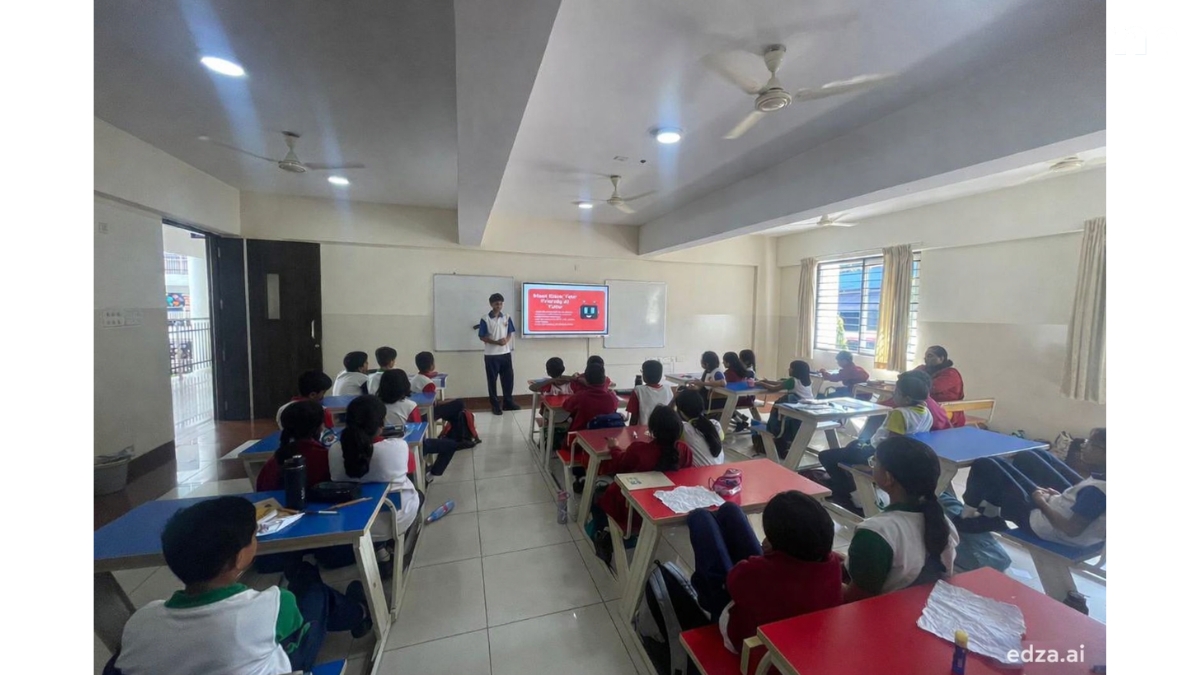Bangalore (Karnataka) [India] October 16: Diphtheria, a highly contagious bacterial infection caused by Corynebacterium diphtheriae, has historically been a serious public health concern, particularly affecting children. While diphtheria became less common with the widespread use of vaccines, recent outbreaks in India have raised concerns. This article aims to explain what diphtheria is, how it can be diagnosed and treated, and why the recent resurgence has occurred. It will also outline the roles of the government, private healthcare, and communities in controlling this potentially life-threatening disease.
What is Diphtheria?
Diphtheria primarily affects the throat and upper airways and produces a toxin that can cause severe complications, including damage to the heart, kidneys, and nervous system. It manifests with symptoms such as fever, sore throat, difficulty breathing, and the formation of a thick, gray membrane over the throat and tonsils. Children are particularly vulnerable to severe cases if untreated. The disease is spread through respiratory droplets, coughing, sneezing, and direct contact with contaminated surfaces.
Diagnosis and Treatment
Diphtheria can be diagnosed through a physical examination, where a doctor may notice the characteristic gray membrane. A throat swab is taken to identify the presence of Corynebacterium diphtheriae. Laboratory tests confirm the diagnosis, and in some cases, it is crucial to begin treatment even before confirmation to prevent complications.
Treatment for diphtheria involves the administration of diphtheria antitoxin, which neutralizes the toxin produced by the bacteria. Antibiotics such as penicillin or erythromycin are given to eliminate the bacteria and prevent further transmission. Early diagnosis and prompt treatment are essential to reduce complications and fatalities, particularly in pediatric patients.
Prevention of Diphtheria
Vaccination is the cornerstone of diphtheria prevention. The diphtheria vaccine, often administered as part of the DPT (diphtheria, pertussis, and tetanus) combination, is highly effective in preventing the disease. It is part of the routine immunization schedule for children in India, given at 6, 10, and 14 weeks of age, followed by booster doses.
Despite the availability of vaccines, gaps in vaccination coverage can occur, leading to outbreaks. This highlights the importance of maintaining high vaccination rates, timely booster doses, and continued public awareness campaigns about the benefits of immunization.
Why Has India Seen Recent Outbreaks?
India’s recent diphtheria outbreaks can be attributed to several factors. A review of published studies on diphtheria in India indicates that the re-emergence of diphtheria as a public health problem is mainly due to two reasons:
- Low Coverage of Diphtheria Vaccination, Especially Booster Doses: Although the primary vaccination schedule covers most children, the coverage of booster doses is significantly lower. Many children do not receive booster shots at the recommended ages of 5 and 10-12 years, which leaves them susceptible to infection as their immunity wanes.
- Decline in Immunity: Incomplete primary vaccination or failure to receive booster doses leads to a decline in immunity over time. As immunity decreases, children and even adolescents are at risk of contracting diphtheria. This phenomenon has been exacerbated by the disruption of vaccination services during the COVID-19 pandemic, which led to missed doses for many children.
- Compromised Vaccination During the COVID-19 Pandemic: The pandemic disrupted routine healthcare services, including vaccination programs. With healthcare systems overwhelmed by COVID-19, many children missed their scheduled vaccinations, leaving them vulnerable to vaccine-preventable diseases like diphtheria. Studies have shown a decline in routine immunization during the pandemic, which could explain the current surge in cases.
- Antibiotic Resistance: There is growing concern about antibiotic resistance in the treatment of diphtheria. Corynebacterium diphtheriae has shown resistance to certain antibiotics, making treatment more difficult and increasing the risk of transmission. While research is ongoing, this is a worrying trend that underscores the need for careful antibiotic stewardship and continuous monitoring of bacterial strains.
The Role of the Government and Private Sector
To combat the resurgence of diphtheria, both the government and the private healthcare sector must take active steps:
- Strengthening Immunization Programs: The government must ensure that vaccination programs are reinforced, particularly in areas that have experienced interruptions during the pandemic. Initiatives such as catch-up vaccination drives, targeting children who missed doses, can help bridge the gap.
- Public Health Campaigns: Awareness campaigns about the importance of timely vaccinations are critical. This is particularly important in rural areas, where vaccination rates tend to be lower, and misinformation about vaccines can spread.
- Monitoring and Surveillance: The government and private hospitals need to implement robust disease surveillance systems to track diphtheria cases. This includes quick identification of outbreaks and early intervention to prevent wider transmission.
What Can Communities Do?
Communities play a vital role in preventing diphtheria outbreaks. Parents and caregivers must ensure that children receive all recommended vaccinations on time. Schools and childcare centers should work closely with local health authorities to promote vaccination and ensure that children are up-to-date with their immunizations.
Additionally, during outbreaks, communities should practice good hygiene, such as regular handwashing, wearing masks in crowded places, and avoiding contact with sick individuals. Timely reporting of symptoms and seeking medical attention are crucial to controlling the spread of the disease.
The Role of Healthcare Providers
As healthcare providers, pediatricians and family doctors have a responsibility to educate parents about the importance of vaccines and ensure children receive their scheduled doses. We must be vigilant in diagnosing diphtheria early, providing appropriate treatment, and reporting cases to health authorities. In addition, healthcare professionals should stay informed about the latest research on diphtheria treatment, particularly in light of emerging antibiotic resistance.
The resurgence of diphtheria in India is a reminder that even diseases once thought to be under control can re-emerge if vaccination efforts wane and treatment becomes less effective. Through coordinated efforts between the government, healthcare providers, and communities, India can work to prevent further outbreaks and protect children from this dangerous disease. We must strengthen immunization programs, monitor antibiotic resistance, and remain vigilant in our public health efforts to ensure that diphtheria does not become a major health threat again.
If you have any objection to this press release content, kindly contact [email protected] to notify us. We will respond and rectify the situation in the next 24 hours.








